
The Unseen is a 1945 American film noir mystery film directed by Lewis Allen and starring Joel McCrea. It's based on the 1942 novel Midnight House by Ethel Lina White.

Sudden Death is a 1932 detective novel by the Irish writer Freeman Wills Crofts. It is the eighth in his series of novels featuring Inspector French, a prominent figure of the Golden Age of Detective Fiction.
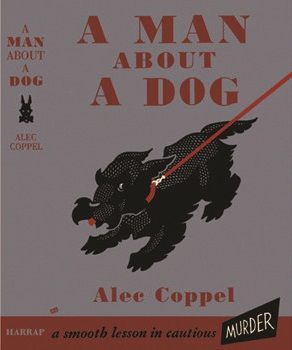
A Man About a Dog is a 1947 thriller novel by the British-Australian writer Alec Coppel. Driven to distraction by his wife's repeated affairs, her husband decides to kidnap her latest lover and commit the perfect murder, only to be thwarted by a dog.
Elizabeth T. Daly was an American writer of mystery novels whose main character, Henry Gamadge, was a bookish author, bibliophile, and amateur detective. A writer of light verse and prose for Life, Puck, and Scribner's magazines in her earlier years, Daly published her first Gamadge novel, Unexpected Night, at age 60. Between 1940 and 1951, she published 16 novels featuring Gamadge.

Panther's Moon is a 1948 spy thriller novel by the British writer Victor Canning. It was his second post-war novel, following The Chasm, as he had largely been taken a break from writing during his wartime service.

The Mouse Who Wouldn't Play Ball is a 1943 mystery thriller novel by the British writer Anthony Gilbert, the pen name of Lucy Beatrice Malleson. It was the twelfth in a long-running series featuring her unscrupulous London lawyer Arthur Crook. It was released in the United States the following year under the alternative title of Thirty Days to Live.

The House of Secrets is a 1926 mystery thriller novel by the British writer Sydney Horler. Horler was a prolific writer known for particularly for his series featuring Tiger Standish, but he also wrote many stand-alone novels. In 1927 he adapted the novel into a stage play of the same name.
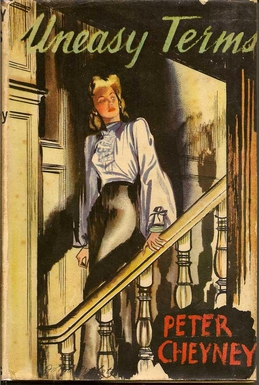
Uneasy Terms is a 1946 crime thriller novel by the British writer Peter Cheyney. It was the seventh and last in his series featuring the London-based private detective Slim Callaghan, a British version of the hardboiled heroes of American writing.

Sorry You've Been Troubled is a 1942 thriller novel by the British writer Peter Cheyney. It was the fifth book in his series featuring the hardboiled London-based private detective Slim Callaghan. It was published in the United States under the alternative title of Farewell to the Admiral.

The Vanishing Corpse is a 1941 mystery thriller novel by Anthony Gilbert, the pen name of British writer Lucy Beatrice Malleson. It is the eighth in her long-running series featuring the unscrupulous London solicitor Arthur Crook, one of the more unorthodox detectives of the Golden Age. It was published in the United States under the alternative title She Vanished in the Dawn.
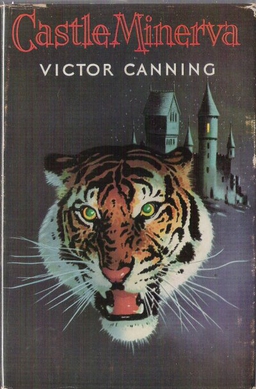
Castle Minerva is a 1954 spy thriller novel by the British writer Victor Canning. It was published in the United States under the alternative title of A Handful of Silver. A contemporary review in The Sunday Times concluded "Castle Minerva not only brilliantly entertains; it satisfies".
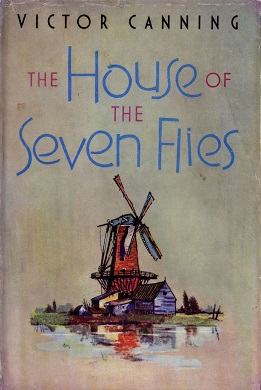
The House of the Seven Flies is a 1952 thriller novel by the British writer Victor Canning. The plot revolves around a quarter of a million pounds worth of diamonds stolen from an Amsterdam bank, and the death of the man who ex-British Army officer Edward Furse rents out his boat.

Mr. Grex of Monte Carlo is a 1915 spy novel by the British writer E. Phillips Oppenheim. The action takes place in Monaco, a favourite setting in the author's novels. Oppenheim was a pioneer of the modern spy genre, often giving his works a glamorous international setting. Although published in 1915, it was likely to have been written in 1914.

The Woman in Red is a 1941 mystery thriller novel by Anthony Gilbert, the pen name of British writer Lucy Beatrice Malleson. It is the ninth in her series featuring the London solicitor Arthur Crook, one of the more unscrupulous characters of the Golden Age of Detective Fiction. It was first published by the Collins Crime Club.

The Lady from Long Acre is a 1918 romance novel by the British writer Victor Bridges. It was published in the United States the following year.
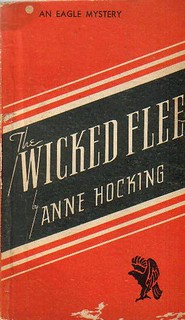
The Wicked Flee is a 1940 mystery crime novel by the British writer Anne Hocking. It was the second novel in a long-running series featuring her detective character Chief Inspector William Austen of Scotland Yard.

The Beast Must Die is a 1938 detective novel by Cecil Day-Lewis, written under the pen name of Nicholas Blake. It combines elements of the inverted thriller with a classic Golden Age-style investigation. It is the fourth in a series of novels featuring the private detective Nigel Strangeways. The title is inspired by a line in Four Serious Songs by Johannes Brahms, itself a reference to Ecclesiastes.
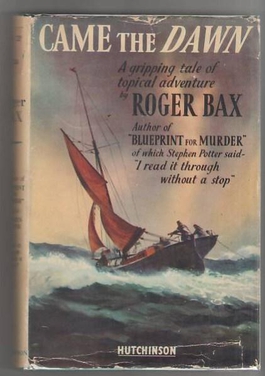
Came the Dawn is a 1949 thriller novel by the British writer and journalist Paul Winterton under the pseudonym of Roger Bax. Set in the Soviet Union it drew on Winterton's experience as Moscow correspondent for the News Chronicle and BBC. It was published in the United States by Harper under the alternative title Two If by Sea.
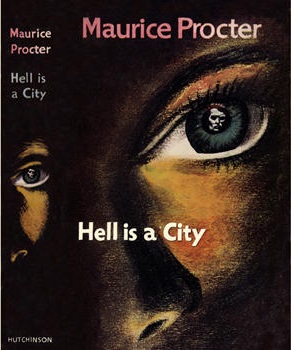
Hell Is a City is a 1954 crime novel by the British writer Maurice Procter. It was the first in a series featuring Chief Inspector Harry Martineau, set in the Northern industrial city of Granchester. It takes the form of a police procedural, and marked a transition away from the traditional Golden Age detective novel. Published by Hutchinson, it was released in the United States by Harper the same year under the alternative title Somewhere in This City.

The Unsuspected is a mystery thriller novel by the American writer Charlotte Armstrong. It was originally serialized in the Saturday Evening Post in 1945 before being published in book form by Coward-McCann the following year. Armstrong's previous three books had been a trilogy featuring the amateur detective MacDougal Duff, but she abandoned the character on the advice of her agent and produced a stand-alone suspense novel.



















